Samsung Galaxy S5 vs Sony Xperia Z2
An early look at Barcelona's headliners
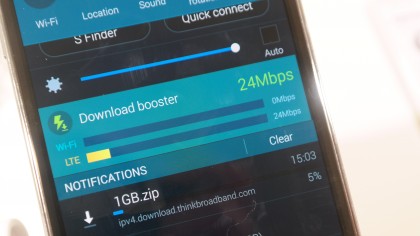
OS / user interface
Both the Samsung Galaxy S5 and Sony Xperia Z2 use Android 4.4.2 as the base operating system, which should please the legions of smartphone users who simply must have the latest version of Google's OS on the go.
However, that's pretty much where the similarity ends. While both are fairly close to stock Android in one or two areas, both companies have heavily skinned the operating system to get to their desired look.
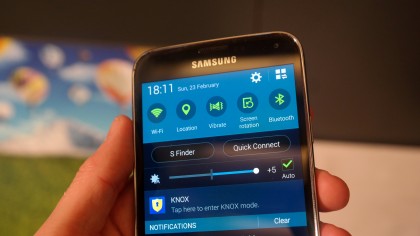
Sony's is probably the least intrusive of the two, but not by much. The overall overlay is sparse, but still pushes things like Music and Video Unlimited to the fore. At least the notifications bar is better-stocked than before, allowing users to change things like location in a nicer manner.
However, Samsung has taken this trick much further, making it much easier to change settings and interact with the phone with a single swipe.
The overlay is a lot more stylised too, which may entrance or repel some users, but generally Samsung has gone with the outlook of 'the more you can do, the more you'll love this phone' compared to Sony's simplified UI.
Processor
Not a lot between the S5 and Z2 when it comes to the CPU or GPU, so both are running the new Qualcomm Snapdragon 801 with Adreno 330 to make sure you've got blitzing speed, great battery life and strong pixel power.
Samsung has pushed things up a little by clocking the S5 at 2.5GHz, where Sony has opted for 2.3GHz, but the Japanese brand has decided to throw in an extra GB of RAM, offering 3GB compared to the 2GB in the S5.
Get daily insight, inspiration and deals in your inbox
Sign up for breaking news, reviews, opinion, top tech deals, and more.
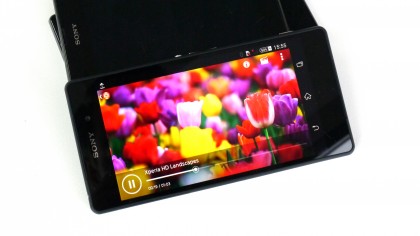
The upshot for the general phone buyer is minimal though, as that extra RAM will deliver very little tangible benefit given the way Android is set up at the moment.
Similarly, Samsung is putting out that 2.5GHz speed to mostly hit the headlines – unless you're the user of some highly specific apps or like taxing your phone to its theoretical limits regularly, you're not going to see a lot of difference here.
Battery
Now, here's something we can really say will separate the two – but the only trouble is that, right now, it's hard to say which will be better.
If you're taking it down to pure numbers, then the Sony Xperia Z2 has a huge 3200mAh battery, where the Samsung Galaxy S5 is coming with a 2800mAh power unit – albeit one that might be slightly kinder in its power delivery.
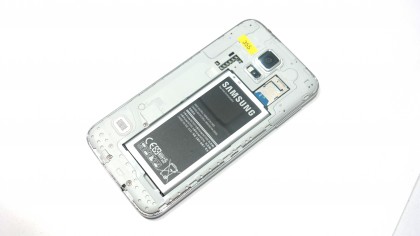
Both have the same CPU and GPU, with Samsung's running a little hotter – so the early impression would be that Sony should edge it in terms of out and out battery life.
However, both brands are pushing technology that will help you last when things start getting a little low – and we're not talking about the boring old power saver modes which kick in when you reach a certain level of juice left.
Sony's still plugging away with Stamina Mode, which does seem to yield some results on its devices. This means that when the screen is off, data and other key connectivity is almost completely shut down. However, you can 'white list' some apps to still be able to get info, so the likes of email and Facebook can still let you know life changing information when you're supposed to be relaxing.
Samsung looked like it had simply copied this idea with its Ultra Low Power Super Battery Hyper Saving Mode (note: not actual name) – but closer inspection revealed a new system that's designed to, apparently, give you 24 hours of use with only 10% of battery left.
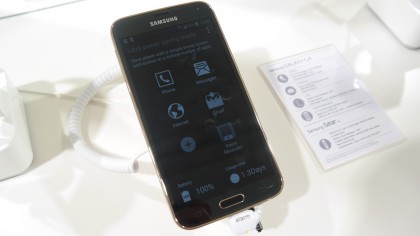
In this mode, the screen will move to black and white only, and six applications can be appended to the home screen – these include the likes of Gmail and internet browser, so data is still enabled.
It remains to be seen how much functionality you'll actually get in this mode if you're hell-bent on saving power, but it's a novel approach from Samsung.
Current page: User interface, processor and battery
Prev Page Design and screen Next Page Camera, features and price
Gareth has been part of the consumer technology world in a career spanning three decades. He started life as a staff writer on the fledgling TechRadar, and has grew with the site (primarily as phones, tablets and wearables editor) until becoming Global Editor in Chief in 2018. Gareth has written over 4,000 articles for TechRadar, has contributed expert insight to a number of other publications, chaired panels on zeitgeist technologies, presented at the Gadget Show Live as well as representing the brand on TV and radio for multiple channels including Sky, BBC, ITV and Al-Jazeera. Passionate about fitness, he can bore anyone rigid about stress management, sleep tracking, heart rate variance as well as bemoaning something about the latest iPhone, Galaxy or OLED TV.